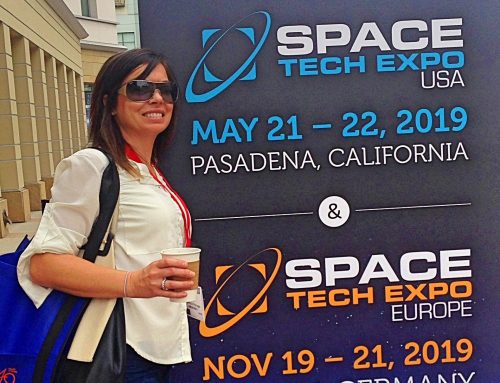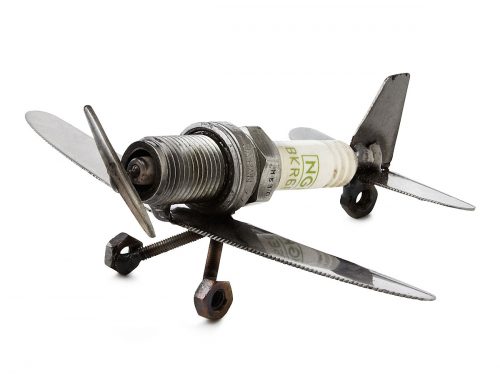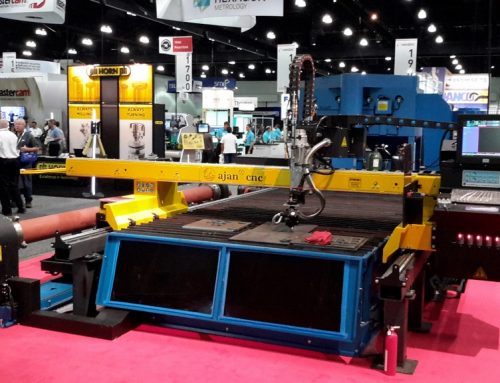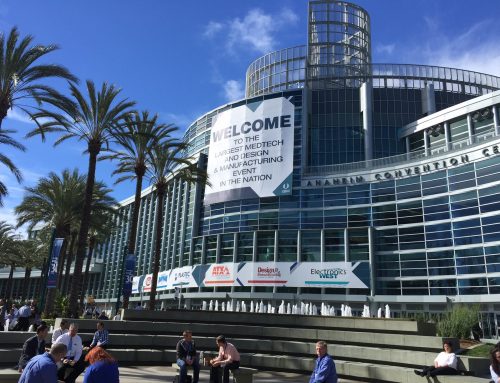MCBS recently participated with metalized ceramic components to bring a valuable solution for space exploration and renew expectations on many organizations throughout various countries. Complete replacement of faulty components, this major effort at JPL and NASA help to set a new launch date.
NASA’s Jet Propulsion Laboratory (JPL) in Pasadena, California, will redesign, build and conduct qualifications of the new vacuum enclosure for the Seismic Experiment for Interior Structure (SEIS), the component that failed in December. CNES will lead instrument level integration and test activities, allowing the InSight Project to take advantage of each organization’s proven strengths. The two agencies have worked closely together to establish a project schedule that accommodates these plans, and scheduled interim reviews over the next six months to assess technical progress and continued feasibility.
The seismometer instrument’s main sensors need to operate within a vacuum chamber to provide the exquisite sensitivity needed for measuring ground movements as small as half the radius of a hydrogen atom. The rework of the seismometer’s vacuum container will result in a finished, thoroughly tested instrument in 2017 that will maintain a high degree of vacuum around the sensors through rigors of launch, landing, deployment and a two-year prime mission on the surface of Mars.
The InSight mission draws upon a strong international partnership led by Principal Investigator Bruce Banerdt of JPL. The lander’s Heat Flow and Physical Properties Package is provided by the German Aerospace Center (DLR). This probe will hammer itself to a depth of about 16 feet (five meters) into the ground beside the lander.





